Let’s bring the experts in!
Last week we organized an expert meeting to get some new insights and fresh opinions on our prototype. The experts were a diverse group of specialists of various fields. There emerged some nice discussions and we got swept away by all the good advice and ideas. For everyone creating a prototype out there an expert meeting is a great way to look into your creation from different angles and evolve its possibilities!
Hackability
There emerged a interesting conversation about the hackability of the city. There was stated that by using the plans of the municipality for designs, the tool would loose the idea of hackable city making. To make it more hackable the citizens should get the possibility to choose their own ‘problem locations’ and come up with new ideas as well. The experts liked this idea of organizing new initiatives by the tool of dissolving problems or initiatives in local neighborhoods. This way it gives the citizens as well an opportunity to come up with new ideas for their neighborhood and gain ground for these ideas in their neighborhood. But thereby re-designing bottlenecks in the city would be a part of the tool as well. With the tool the distance between municipality and citizen will become smaller, and thereby bottom-up city making is encouraged.
Of importance is that the tool can add restrictions upon ideas of the citizens about what is possible and not. This is because when you have to go to the municipality every time for improvements, you slow down the participation of the citizens. The system behind the tool has to you show restrictions on forehand about certain rules around city planning. The tool knows the rules and applies these to the designs of the citizens, a bicycle path cannot be 3 meters wide for instance.
Online/Offline
The experts where also interested in the online and offline possibilities of the tool. Online there can be gained ground to make an issue known to the neighborhood/city where people live in and to reach a big group of people. After time, there can be organized a public consultation meeting where different groups with different interests can co-design on a smart table or tablet. Experts of the field should also be able to participate in the process. In this manner you put the different views problems or ideas on the table. Thereby it’s about managing the expectations of the people using the tool. You have to combine this knowledge. This way the session is about brainstorming ideas and become a ‘social game’ for the neighborhood. A direct promising on an end result is not realistic and will lead to disappointment when designs or ideas are not picked up by the municipality.
The tool as conversation piece
When the tool is made manageable for consultation evenings, the tool can become a way to communicate the different ideas and interests of people and to make compromises and understand each other points. The idea of the smart table came up: to co-create together on a physical location on one design. Citizens and experts can work together in this process. Of course not everybody has the time or wants to go to these consultation evenings. Therefore there is decided to make use of gradations of participation, this can differ between ‘lightweight’ and ‘heavyweight participation’.
We will take all this good advice and ideas into account for our coming version of the prototype and research paper! So special thanks to our experts Reinder Rustema, Bob Kassenaar, Sid van Wijk, Maarten Groen, Wouter Meys, Gerrit Faber and Loes Bogers. For us it was one of the highlights so far!
And for everyone, keep the 25th of June free! Final Presentations!
Ciao!




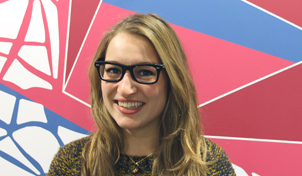
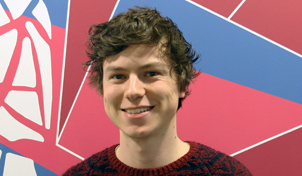



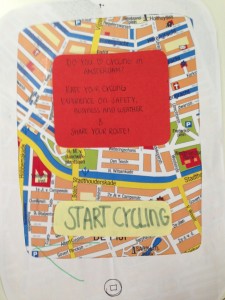
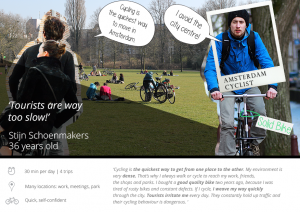

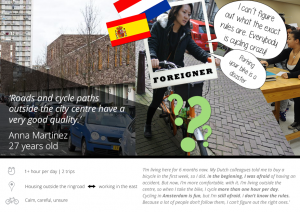
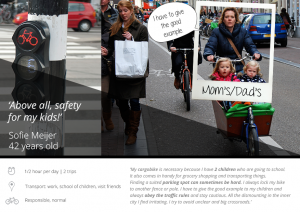
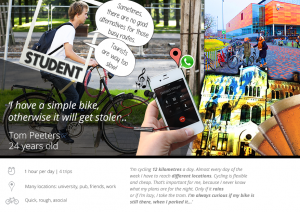 (Click on the image for a larger version)
(Click on the image for a larger version)